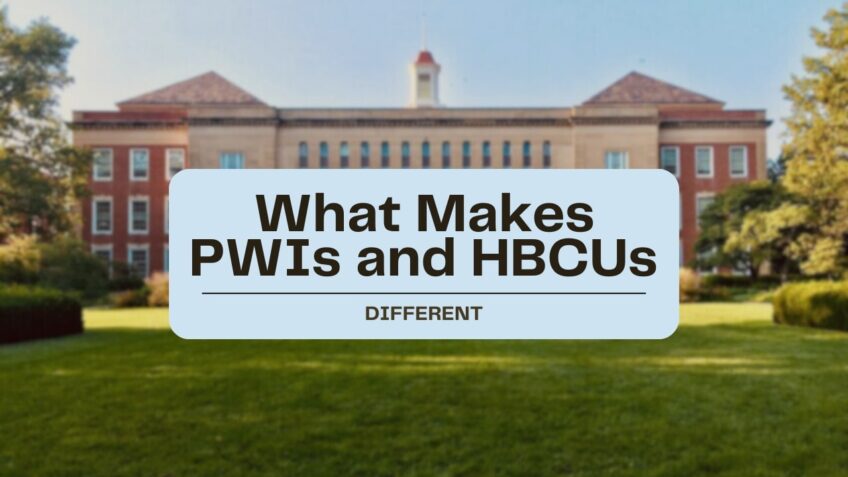Choosing the right college can be a challenging decision, especially when there are so many different options available. One important factor to consider is the type of institution you want to attend. Two popular choices are predominantly white institutions (PWIs) and historically black colleges and universities (HBCUs).
While both offer higher education opportunities, they differ in many ways. In this article, we will explore the key differences between PWIs and HBCUs to help you make an informed decision about which type of institution is right for you.
History of PWIs and HBCUs
PWIs and HBCUs have a long history. They’ve been essential in giving students of color access to higher education.
Let’s take a dive into the past and explore the founding of PWIs and HBCUs, their different objectives, and their current influence in higher education.
The origins of PWIs
PWIs (Predominantly White Institutions) have long roots, reaching back to pre-Civil War times when segregation and racism were commonplace in the U.S. These institutions were designed to serve the educational needs of white students alone, keeping black students from accessing higher education.
After the Civil Rights Movement in the 1960s, PWIs became more diverse, yet they still enrolled mostly white students. HBCUs (Historically Black Colleges and Universities) were established in response, to providing educational opportunities for students of color.
Though PWIs and HBCUs both aspire to deliver quality education, their differences remain evident today. PWIs boast a wide variety of academic programs and more resources, while HBCUs provide a unique sense of community and culture, specialized courses, and more individual attention from faculty.
Origins of HBCUs
They were founded in the mid-19th century. Cheyney University was the first, in Pennsylvania. It provided higher education opportunities for African Americans who were excluded from predominantly White institutions (PWIs).
More HBCUs were established as the need for higher education increased, such as Hampton University, Tuskegee University, and Howard University. On the other hand, PWIs served mainly White populations. They have a history of exclusion and discrimination against African Americans and other marginalized groups, which made HBCUs important.
Now, they both play crucial roles in providing higher education. However, HBCUs remain a vital pathway to higher education for many African-American students who might not have access to PWIs.
What’s the Difference in Mission and Purpose?
While all educational institutions aim to impart knowledge, the mission and purpose behind these two institutions have distinct nuances that shape their identities.
PWIs’ Broad-Based Approach

PWIs, by virtue of their establishment and historical context, often have a broad-based mission. Their primary goal is to provide higher education to the masses, without a specific focus on any particular racial or ethnic group.
Over time, many PWIs have made significant strides in promoting diversity and inclusion. They’ve established programs, scholarships, and departments dedicated to minority studies and support. However, their foundational mission remains broad, aiming to cater to a wide demographic of students.
HBCUs’ Focused Empowerment
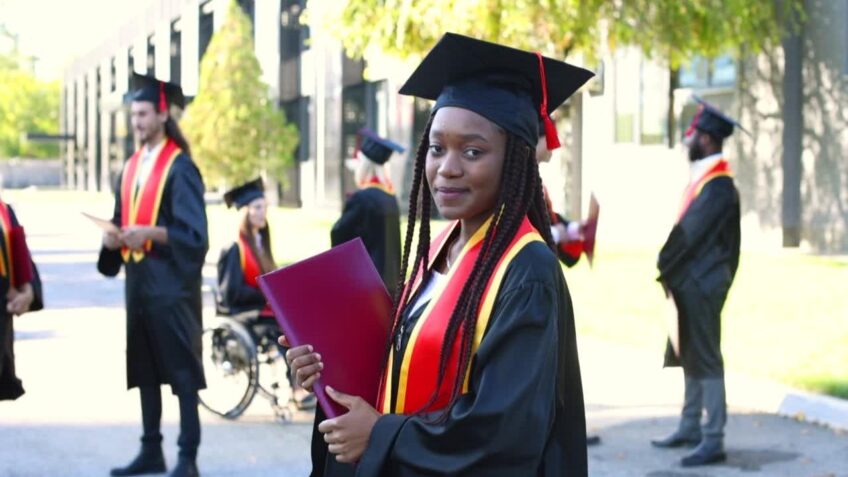
HBCUs, on the other hand, have a mission deeply rooted in the empowerment of Black Americans. Their purpose has always been to provide quality education to Black students in a nurturing environment that celebrates their heritage, culture, and identity.
This doesn’t mean HBCUs exclude non-Black students. In fact, many HBCUs have diverse student populations. However, their core mission remains: to uplift and empower the Black community through education, fostering leadership, and promoting cultural pride.
Enrollment Differences
Historically Black Colleges and Universities and Predominantly White Institutions have major differences in enrollment and diversity. PWIs tend to have larger student populations, while HBCUs are more likely to offer more support to their students.
| Institution Type | African-American Student Enrollment |
|---|---|
| Historically Black Colleges and Universities (HBCUs) | Over 80% |
| Predominantly White Institutions (PWIs) | Around 15% |
Let’s take a closer look at the distinctions between PWIs and HBCUs in terms of enrollment and diversity.
Racial demographics of students at PWIs
Racial demographics at PWIs (predominantly white institutions) vary, due to geographical location, admission policies, etc. Generally, White students are the biggest group, followed by Asian and Hispanic/Latinx. Black/African American students are the smallest minority group.
HBCUs, on the other hand, have an overwhelming majority of Black/African American students, with a smaller percentage of other races.
It’s important to note that while demographics differ, academic experiences and opportunities should be a focus when deciding which institution is the right fit. Think about campus culture, resources, and support systems for marginalized students.
HBCUs racial demographics of students
Historically Black Colleges and Universities (HBCUs) have a mission of providing higher education to African-American students. They still play a crucial role in promoting diversity and equity in higher education.
Recent data shows HBCUs enroll a higher % of African-American students than PWIs (predominantly white institutions). At HBCUs, it’s over 80%, while at PWIs, it’s around 15%.
But, they are not just for African-American students. Many HBCUs accept students of all races and ethnicities.
Both of them have different campus cultures and academic experiences. It’s up to the student to decide which one suits them best.
Academic Differences
Contemplating college choices? You may be curious about the differences between Predominantly White Institutions (PWIs) and Historically Black Colleges and Universities (HBCUs). This article will examine how each institution offers distinctive learning environments.
Academically, let’s go over some of the main differences when looking into colleges.
PWIs Specializations and Programs
Predominantly White Institutions (PWIs) offer a range of academic programs and specializations. These cover science, tech, engineering, arts, and humanities. Popular programs include Business Admin, Nursing, Computer Science, Psychology, and Biology. Plus, specializations such as Cultural Studies, Environmental Science, Behavioral Economics, and Human Resource Management.
Differences between PWIs and HBCUs: Approach to teaching, course offerings, campus culture, and student demographics. PWIs aim for a wide range of academic programs and a competitive environment. HBCUs focus on providing a supportive learning environment and prioritizing minority students’ needs.
Programs offered at HBCUs
HBCUs have lots to offer students from all backgrounds. These universities focus on excellence, personal growth, and cultural understanding. Some of the specializations and programs they provide are
- African American Studies
- Business Administration
- Education
- Health Sciences
- Humanities
- Social Sciences
- STEM Fields (Science, Technology, Engineering, Mathematics)
They have similar levels of academic challenge. But HBCUs also create a sense of community and cultural awareness. When choosing between an HBCU and PWI, consider your goals, values, and priorities.
Campus Life Differences between PWIs and HBCUs

Attending an HBCU or PWI can offer students different experiences. There are many contrasts between them. For example, their social communities, atmosphere, and resources.
This section will help you understand the differences between PWIs and HBCUs.
Extracurricular activities available at PWIs
Extra-curricular activities are an essential part of student life! They help gain skills, discover new interests, and build social connections on campus. PWIs, or predominantly white institutions, offer a variety of extra-curricular activities.
Here are some of the most popular ones:
- Athletics: Varsity sports, intramural sports, and club sports are all on offer.
- Student Government: Leaders can make positive changes in their college community.
- Academic Clubs: Perfect for networking with peers who share similar interests.
- Volunteer and Service Organizations: Provide empathy-building and civic engagement opportunities.
Extracurricular activities available at HBCUs
Historically Black Colleges and Universities (HBCUs) offer a range of extracurricular activities. Popular activities include
- Greek life with fraternities and sororities.
- Marching bands that perform at games and parades.
- Community service programs to make a difference.
- Student government for leadership.
- Athletics to participate in.
These activities are rewarding and form a unique campus life experience.
Diversity and Inclusion
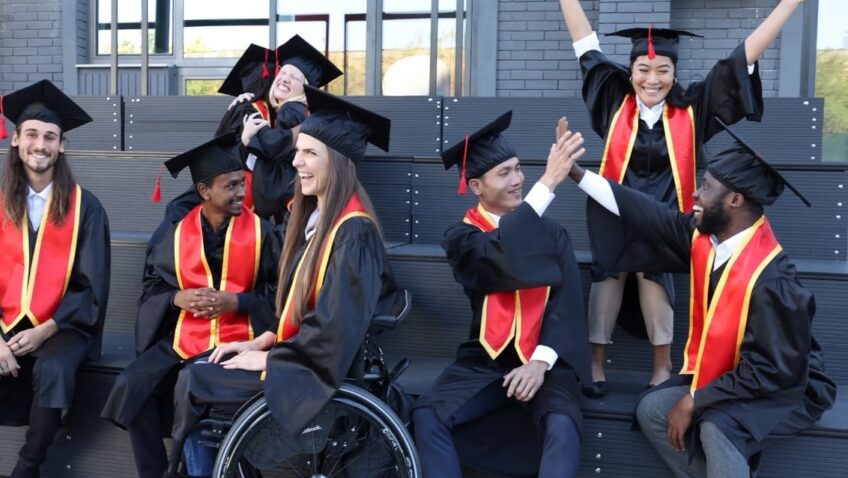
They both focus on diversity and inclusion. They have a commitment to giving educational opportunities to all students. But, there are differences between these two types of institutions. This guide explores the history, curricula, environment, and advantages of each type.
PWIs
Diversity and inclusion are two important elements to think about regarding PWIs (Predominantly White Institutions) and HBCUs (Historically Black Colleges and Universities).
PWIs usually have a more varied student body, composed of various races, cultures, and backgrounds. Yet, this diversity can be hard to achieve due to existing prejudices and discrimination.
HBCUs were mainly created to educate African-American students and uphold an individual campus culture that respects black customs and pride. The atmosphere in these institutions is usually accepting and supportive, though it can be lacking diversity in the student and faculty body.
HBCUs
Historically Black Colleges and Universities have a mission to promote diversity and inclusion. They offer students the chance to learn while engaging in cultural activities.
Unlike predominantly white institutions (PWIs), HBCUs prioritize diversity and inclusion. They provide tailored programs and activities that meet the needs of their student population.
Also, they have more African-American faculty to show students they can succeed in leadership. In addition, they provide support services like tutoring, mentoring, and counseling.
It’s a great idea to choose an HBCU! They respect and celebrate diversity, and provide quality education.
Post-graduation Outcomes
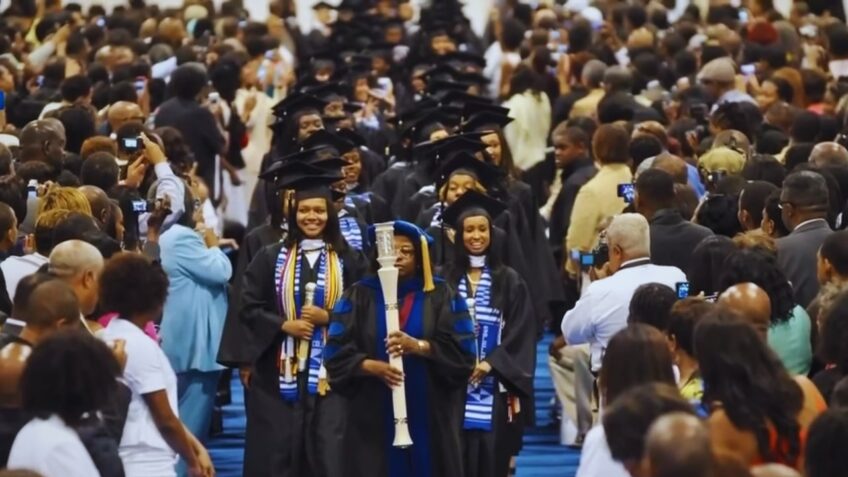
PWI and HBCU grads – how do their post-grad outcomes compare? We’ll take a closer look.
Employment rates and salaries for PWI graduates
Graduates of Predominantly White Institutions (PWIs) are more likely to be employed and have higher salaries than those from Historically Black Colleges and Universities (HBCUs).
A report by Georgetown University Center on Education and the Workforce states that PWIs earn an average of $62,000 annually, while HBCU graduates make around $51,000.
Additionally, 49% of PWI graduates go on to get advanced degrees, compared to 44% of HBCU graduates.
It is essential to consider that these statistics vary depending on major and do not reflect the quality of education of either type of institution. Factors such as networking opportunities, job availability, and socioeconomic status can influence post-graduation outcomes.
Prospective students should research and evaluate options when choosing between a PWI and an HBCU, based on their goals.
Employment rates and salaries for HBCU graduates
They have similar employment rates. Recent research shows that HBCU alumni have an 83% employment rate, with PWI graduates at 85%. Controlling for family socio-economic status, gender, and academic achievements, both have a high chance of securing a job.
However, HBCU alumni earn $12,000 less than PWI graduates’ median earnings. This gap lessens when controlling for gender, the field of work, and academic achievements.
Pros and Cons of Attending a PWI versus an HBCU
Let’s compare the pros and cons of attending a PWI or an HBCU.
The benefits and drawbacks of attending a PWI
Attending a Predominantly White Institution (PWI) has its perks. The exposure to diversity, the academic and research opportunities, and the bigger social circles are great! But there are drawbacks, too. Feeling isolated or experiencing racism and microaggressions can be a bummer.
It’s all personal preference. Consider your needs and priorities before making a decision. Research and visit both PWIs and HBCUs to make an informed choice.
Pros and Cons of Attending an HBCU
Benefits can include a sense of community, smaller classes, and faculty that prioritize black student success. Plus, HBCUs offer a culturally rich experience that can be great for getting involved in social and political movements.
But, there are drawbacks too. You may have limited exposure to diverse perspectives and it can be hard to form networks outside the black community. Also, HBCUs may not have the same resources as PWIs, which can affect career preparedness after graduation.
In the end, it’s all about your goals, preferences, and needs. Think carefully about their advantages and disadvantages before you decide.
FAQs
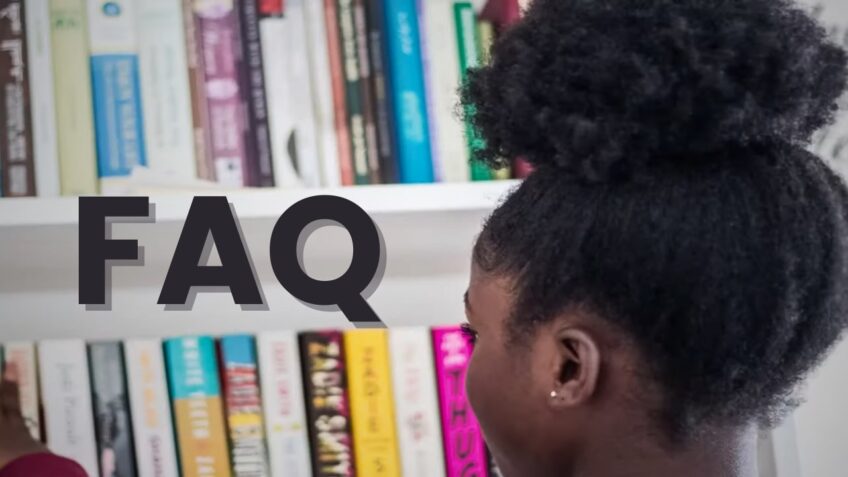
How do PWIs and HBCUs differ in terms of financial aid opportunities?
Both of them offer financial aid opportunities, but HBCUs may have more need-based financial aid options available.
What is the difference in graduation rates between PWIs and HBCUs?
Graduation rates can vary widely between institutions, regardless of which one you choose. It is important to research specific institutions to determine their graduation rates.
How do PWIs and HBCUs differ in terms of alumni networks?
Alumni networks can vary widely between institutions, but HBCUs may have stronger alumni networks due to their historical significance and sense of community.
What is the difference in career opportunities between PWIs and HBCUs?
Career opportunities can vary widely between institutions, but both of them offer opportunities for career development and networking.
How do they differ in terms of athletics programs?
PWIs may have larger and more well-funded athletics programs, while HBCUs may have smaller programs with a focus on community and tradition.
How do PWIs and HBCUs differ in terms of accreditation?
Both of them are accredited by the same agencies, meaning that they meet the same academic standards.
Conclusion
In conclusion, there are many differences between them that can impact your college experience. PWIs offer more diverse student populations and may have more extensive resources, but may also lack the cultural and historical significance of HBCUs. HBCUs provide a sense of community and a unique cultural experience but may have fewer resources and less diverse student populations.
Ultimately, the choice between a PWI and an HBCU will depend on your individual preferences and goals. By considering the factors we’ve discussed in this article, you can make an informed decision about which type of institution is right for you and your future aspirations.

